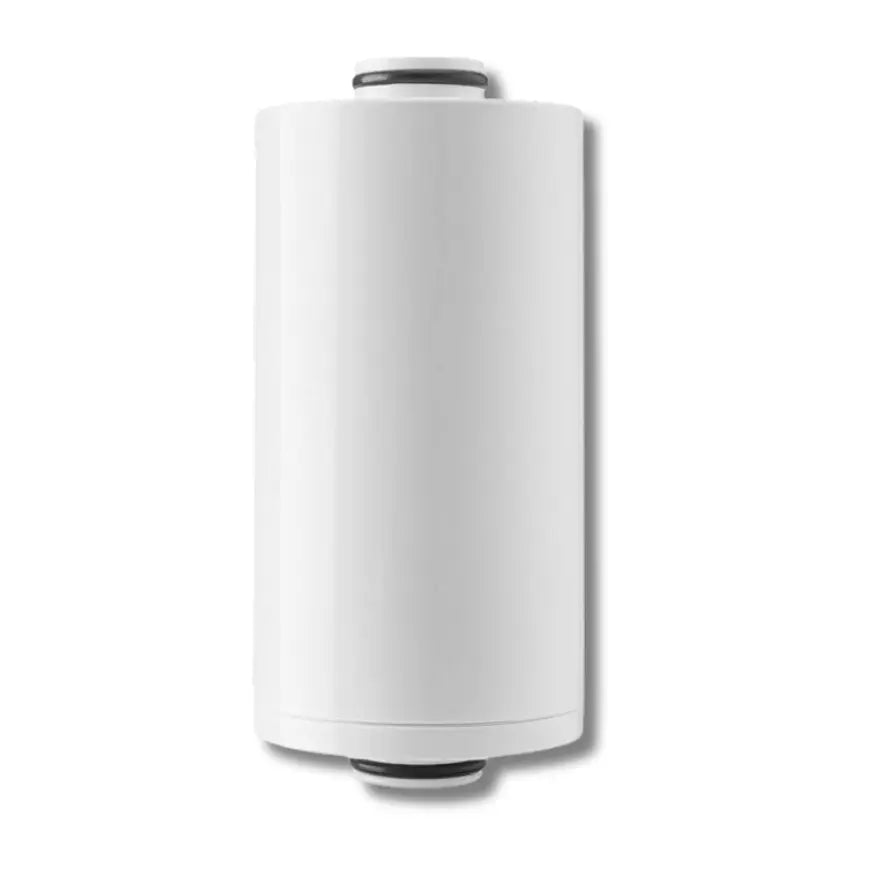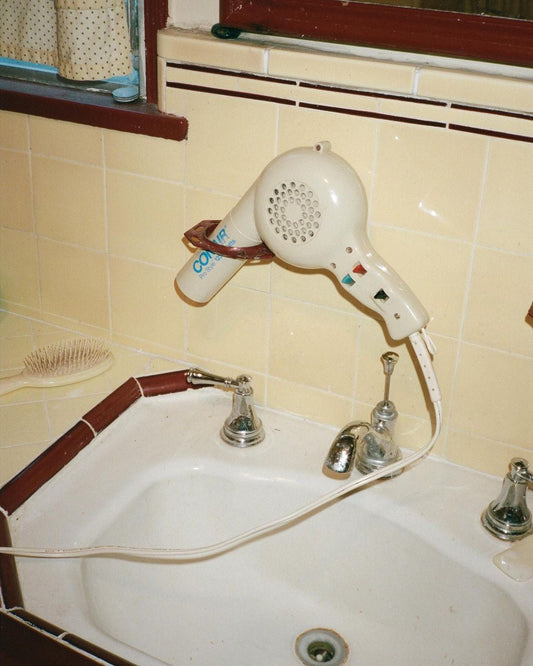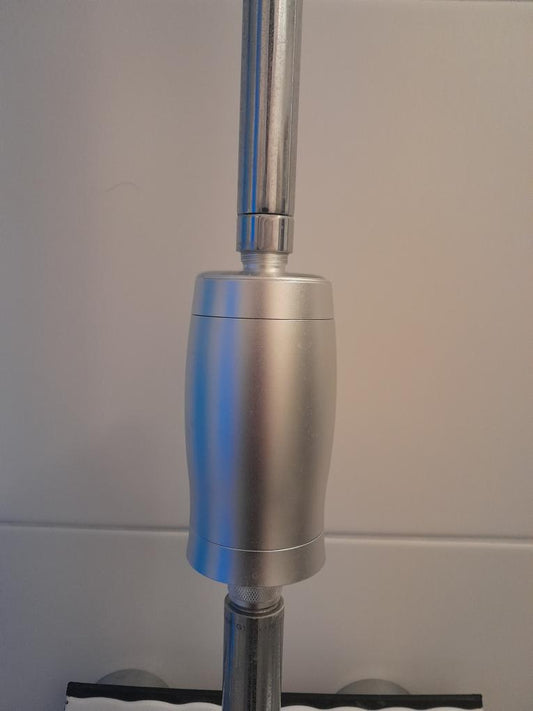TL;DR: Granular Activated Carbon (GAC) and Activated Carbon Fiber (ACF) are scientifically proven methods for removing chlorine from water, making them highly effective in improving skin and hair health during showers. Learn how these carbon filtration methods work, and why they are essential components in Nordisk Renhet's shower filtration systems.
Chlorine Removal with Granular Activated Carbon and Activated Carbon Fiber: A Deeper Look
Chlorine is routinely added to municipal water systems to disinfect, but in your shower, this same chemical can be a source of irritation, dryness, and damage. Fortunately, filtration media like Granular Activated Carbon (GAC) and Activated Carbon Fiber (ACF) offer powerful, research-backed solutions. In this article, we’ll explore how they work, how effective they are, and why Nordisk Renhet includes these materials in our premium shower filters to support your skin and hair health.
How Does GAC Remove Chlorine from Water?
Granular Activated Carbon is made by heating organic carbon-rich materials such as coconut shells in a low-oxygen environment, creating a porous structure with a vast surface area. Chlorine molecules are adsorbed onto this surface as water passes through, effectively removing them from your shower water.
This process isn’t just theoretical. Studies confirm that GAC filters can remove up to 99% of free chlorine from water under proper flow conditions[1]. In high-temperature environments like your shower, where chlorine can volatilize into the air, GAC is especially important for protecting both your respiratory system and skin barrier.
What About Activated Carbon Fiber (ACF)?
ACF is a newer, more advanced form of carbon filtration. Made from synthetic fibers treated to become porous and highly adsorptive, ACF has a larger surface area-to-volume ratio than GAC. This makes it exceptionally effective for high-speed water filtration, such as in shower heads where contact time is brief.
Research indicates that ACF can outperform GAC in short-duration filtration environments, making it ideal for compact, modern shower filter designs[2]. ACF is also more resistant to bacterial growth, another win for consistent water hygiene.
Why Removing Chlorine Matters for Skin and Hair
- Dryness and Irritation: Chlorine strips natural oils from your skin and hair, leading to dryness, itching, and sensitivity.
- Respiratory Risks: In a hot shower, chlorine turns into chloroform gas, which can irritate lungs and contribute to respiratory conditions.
- Hair Health: Prolonged exposure can weaken hair strands and cause color fading.
Switching to a shower filter using GAC and ACF drastically reduces these risks and restores balance to your skin barrier. It's especially helpful if you suffer from eczema, psoriasis, or sensitive skin conditions.
Real-World Effectiveness Backed by Science
Here’s a snapshot of research-backed findings on GAC and ACF for chlorine removal:
| Filter Media | Chlorine Removal Efficiency | Study/Source |
|---|---|---|
| Granular Activated Carbon (GAC) | 90–99% | [1][3][5][7] |
| Activated Carbon Fiber (ACF) | Up to 99% (especially effective in fast-flow systems) | [2][4][6][8] |
Why Nordisk Renhet Uses GAC and ACF
We combine the speed and surface area benefits of ACF with the deep adsorption strength of GAC in filters like the Nordisk Duschvattenfilter and Nordisk Duschhuvud. This dual-layered approach offers optimal chlorine removal even under the high flow rate of European showers.
See real-world transformation stories from customers like Martina, who noticed less frizz and scalp dryness just days after installing a shower head filter.
Shop GAC/ACF-Powered Filtration for a Softer Shower Experience
- Nordisk Duschvattenfilter – Powerful GAC/ACF combo for deep chlorine removal
- Nordisk Duschhuvud – ACF-enhanced filter with elegant design
- Wellness Kit – Complete care for skin and hair through clean shower water
Additional Resources
- Removing Chlorine from Shower Water – Now's the Time to Do It
- How to Test for Chlorine in Shower Water
- Read More on Chlorine’s Impact on Skin and Hair
Scientific References
- EPA: Drinking Water Treatment Technologies
- ACS Environmental Science & Tech: ACF for Rapid Chlorine Removal
- NIH: Effectiveness of GAC in water treatment
- PubMed: ACF membrane efficiency in filtration
- ScienceDirect: Chlorine removal through GAC filters
- Springer: Comparative study on carbon-based filters
- WQA: Activated Carbon Fact Sheet
- MDPI: Activated Carbon Fiber Performance in Water Systems
Curious how your current water scores for chlorine? Order a water test strip kit and compare the before/after difference once your filter is in place.




